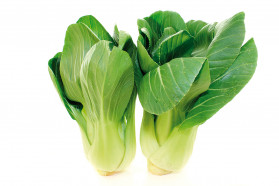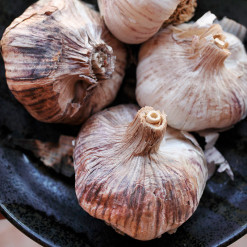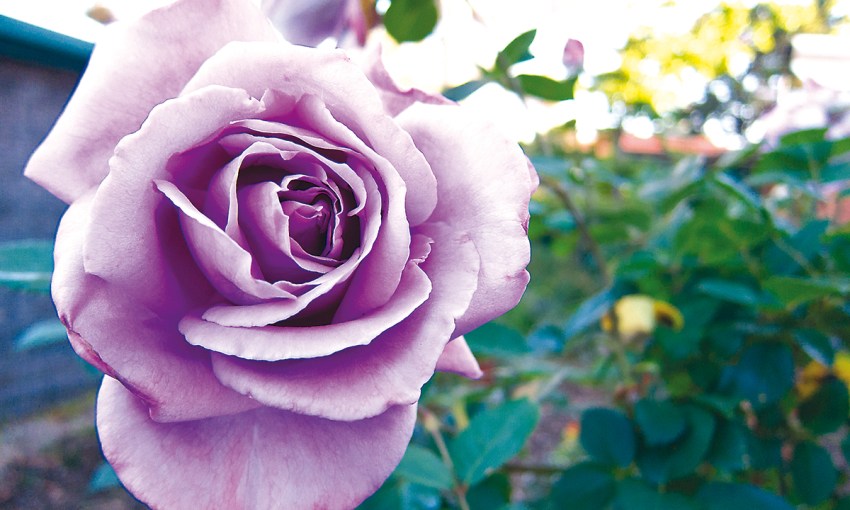Get out into your garden this weekend to choose which roses to plant, get some healthy bok choy in the veggie patch and tackle bugs with a natural insecticide.
Choose your roses, plant some bok choy, natural insecticides
Choose your roses
One of the joys of gardening is choosing new trees and shrubs for the garden. But the greatest joy of all comes from choosing a rose. Roses are chosen for many reasons by gardeners. Perhaps for the memory of a loved one, a sign of love, or for just plain beauty and in many cases perfume. Before settling on a new rose, it pays to do a little homework, as some roses are far better suited to different situations. Some are more disease resistant, some are tall, medium and short, even ground huggers. It would be fair to say there would be a suitable rose for most gardens and positions. Choose a colour you like and that will suit your garden theme. Look around the various rose gardens and pick out a colour, get the name and order it from your nursery as early as possible to avoid disappointment.
Plant some bok choy
 Also called Chinese white cabbage, bok choy is full of vitamins and used raw in salads or cooked in stir-fries. This is a very fast growing and handsome plant and can reach up to 50 centimetres high.
Also called Chinese white cabbage, bok choy is full of vitamins and used raw in salads or cooked in stir-fries. This is a very fast growing and handsome plant and can reach up to 50 centimetres high.
How to grow: It loves growing in cooler conditions so plant in the ground or in pots from mid-autumn (a few weeks earlier if from seed). For a prolonged crop, stagger plantings in a full sun position and keep the ground moist. Have insect dust on hand to treat grubs and white butterfly that will be quick to feed on the leaves.
When to harvest: Bok choy leaves can be harvested continuously as they grow from five weeks, just pick as you like – younger greens are best for salads. Otherwise, wait longer for the whole bulb to flourish and cut at the base.
The natural way
 Natural insecticides are a big trend in protecting plants and treating against pests. Weird and wonderful natural concoctions have been used for centuries and can be a positive alternative to harsh chemicals. A classic fungal preventer is the one part milk to seven parts water that can be sprayed to slow the spread of disease. Garlic spray can be used on any sap-sucking insect, and is easy to make, with three cloves of garlic crushed, one hot chilli, one teaspoon cooking oil and grated natural soap, all mixed together with one litre of water, boiled and strained. Best used when cooled and fresh.
Natural insecticides are a big trend in protecting plants and treating against pests. Weird and wonderful natural concoctions have been used for centuries and can be a positive alternative to harsh chemicals. A classic fungal preventer is the one part milk to seven parts water that can be sprayed to slow the spread of disease. Garlic spray can be used on any sap-sucking insect, and is easy to make, with three cloves of garlic crushed, one hot chilli, one teaspoon cooking oil and grated natural soap, all mixed together with one litre of water, boiled and strained. Best used when cooled and fresh.



